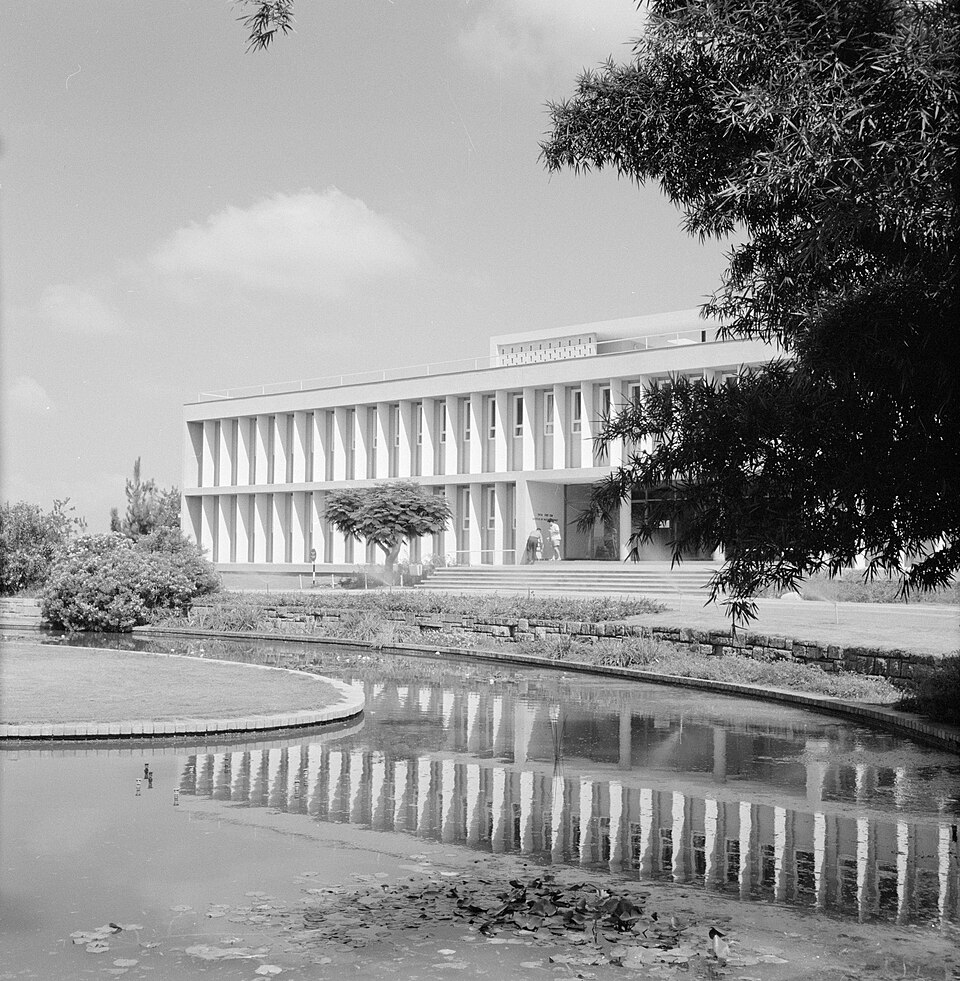Defense laboratories treat those traces as clues that can unmask a disguised operative or flag fatigue in a helicopter pilot. Engineers fuse motion streams with facial imagery, heart-rate waveforms and environmental data to build pattern-of-life dossiers at continental scale. Supporters say the tool set protects troops in volatile theaters, while critics warn that an inexhaustible trail of body mechanics could anchor a new era of hidden surveillance.
From Lab Bench to Battlefield: The Data Under Our Feet
Motion data is not a single commodity. It ranges from inertial measurements inside every phone and drone to optical-flow vectors extracted by computer vision. Radar units capture the micro-Doppler shift of a swinging arm, while pressure mats record heel-strike forces. Researchers began organizing related biometric signals in datasets such as the Multiple Biometric Grand Challenge, a late-2000s NIST-led benchmark for face and iris recognition that influenced later work on video-based and gait-aware systems.
Early experiments remained academic curiosities for years. Even in 2010 most prototypes needed high-resolution cameras set at head height and right angles. Cloud storage costs and limited wireless bandwidth made live tracking impractical.
Two shifts erased those limits: cheap on-device AI chips and elastic cloud workloads. A commodity drone can now run a slimmed-down convolutional network at roughly 30 frames per second, while data centers re-identify a subject across multiple feeds in minutes.
The technical threshold for recognition has also dropped. A single stride captured at 60 frames per second can provide enough key-point trajectories for classification models to match the accuracy that once required several sensors. The result: motion now stands alongside voice, face and fingerprint as a stand-alone biometric, buoyed by growing policy and funding pipelines.
Recent SPIE work describes smartphone-based gait authentication prototypes that use multiple onboard sensors for user verification.
Gait as a Strategic Biometric
The U.S. Intelligence Advanced Research Projects Activity highlighted rapid progress when it launched the Biometric Recognition and Identification at Altitude and Range (BRIAR) program. Researchers working with BRIAR report that fusing face, body shape and gait cues improves long-range person recognition performance, according to a 2025 preprint on arXiv.
Complementary studies, including the FarSight whole-body pipeline described in 2024 conference proceedings, show that physics-informed whole-body models can maintain person-recognition performance when face details are low-resolution or partially obscured.
An evaluation by Oak Ridge National Laboratory compared multiple long-range biometric algorithms on real-world footage and reported that whole-body or fused approaches outperformed face-only baselines.
Where Wearables Meet Warfighters
Not all defense use is covert. For several years, the U.S. Army Combat Capabilities Development Command has prototyped wearable sensors and biochemical patches to monitor indicators such as hydration, stress and other aspects of soldier health and performance, according to Army researchers.
Performance-science units have combined biomechanical sensors with cognitive tests during long road marches to study how fatigue reshapes stride and decision-making.
Aviation commands apply similar logic: investigators at the U.S. Army Aeromedical Research Laboratory collect eye-tracking and physiological data in full-motion simulators and are testing non-invasive stimulation as a countermeasure against pilot fatigue, according to a 2025 laboratory release.
Full-Motion Video and the Pattern-of-Life Puzzle
If wearables map the physiology of individual soldiers, airborne cameras chart the choreography of entire units. Project Maven, the Pentagon’s flagship computer-vision initiative, began fielding video analytics in 2017. A public note on Defense.gov described software that sifts drone footage for vehicles and weapon caches; later studies explore person-centric tracks that deepen behavioral analysis.
Analysts cannot watch every frame. Motion vectors now feed clustering tools that build "behavioral signatures", the composite of stride cadence, path regularity and posture dynamics that suggests whether a figure is a civilian, courier or scout.
With phone metadata or biometric enrollments in the mix, those signatures seed geospatial graphs that highlight unusual rendezvous or breaks from routine. The underlying models learn a grammar of movement from months of unlabeled video and flag anomalies for human review, but skeptics note that the software still shapes operational narratives in opaque ways.
Rules, Risks and Runaway Capability
To address public concern, the Department of Defense formally adopted five AI ethical principles in 2020, and Project Maven — officially known as the Algorithmic Warfare Cross-Functional Team — was established in 2017 to bring computer-vision algorithms into Defense Department intelligence workflows.
Technical watchdogs argue that motion data slips through privacy statutes because, unlike fingerprints, gait can be gathered by standoff sensors without a subject’s knowledge. A feature in IEEE Spectrum warns more broadly that large biometric databases can expose individuals to privacy risks and identity theft if encryption and access controls are weak.
Regulation remains uneven: several U.S. cities limit face recognition yet rarely mention gait, and draft European rules continue to debate public-space biometric tracking. Researchers advocate audit trails and sunset clauses to match the field’s quick technical turn.
The Next Wave: Fusion and Countermeasures
Research agendas now reach beyond basic gait. Experimental pipelines fuse gait-related body mechanics with additional sensor streams in a single model, an approach described in recent SPIE proceedings on multimodal, sensor-based gait authentication.
At the hardware level, neuromorphic chips promise to run pose estimation at the edge with milliwatt budgets, while lightweight radar units track limb speed through walls and foliage.
Academics are also probing defensive tactics, from deliberately altering stride patterns to adaptive fabrics that scramble pose estimators. Algorithm designers respond with continual retraining, underscoring an arms-race dynamic that leaves little room for static safeguards.
Motion data has shifted from overlooked smartphone exhaust to a strategic signal on par with radio traffic or thermal imagery. Whether democratic oversight can keep pace with increasingly invisible analytics will determine not only battlefield advantage but also the everyday liberties that separate open societies from the shadows they study.
Sources
- Liu et al., "Person Recognition at Altitude and Range." arXiv, 01 May 2025.
- Liu F. et al., "FarSight: A Physics-Driven Whole-Body Biometric System." arXiv, 29 Jun 2023.
- Oak Ridge National Laboratory, "Long-Range Biometric Identification in Real-World Scenarios," 15 Oct 2024.
- U.S. Government Accountability Office, Biometric Identification Technologies, GAO-24-106293, 22 Apr 2024.
- U.S. Army Research Laboratory, Wearable Sensor Biotechnology, 07 May 2019.
- Natick Soldier Center, Fatigue-Gait Study, 02 Jun 2014.
- USARIEM, Altitude-Sickness Wearable Study, 23 Sep 2024.
- USAARL, Aviator Vigilance Research, 12 Aug 2025.
- U.S. Department of Defense, Project Maven Release, 21 Apr 2017.
- U.S. Department of Defense, AI Ethical Principles Announcement, 24 Feb 2020.
- National Institute of Standards and Technology, Multiple Biometrics Grand Challenge Overview, 23 Jul 2009.
- IEEE Spectrum, "Biometrics Data Is Vulnerable," 18 Aug 2009.
- Sandrakumar et al., "Human-based gait authentication using multimodal sensors at the tactical edge," in Proceedings of SPIE, 10 Jun 2024.




